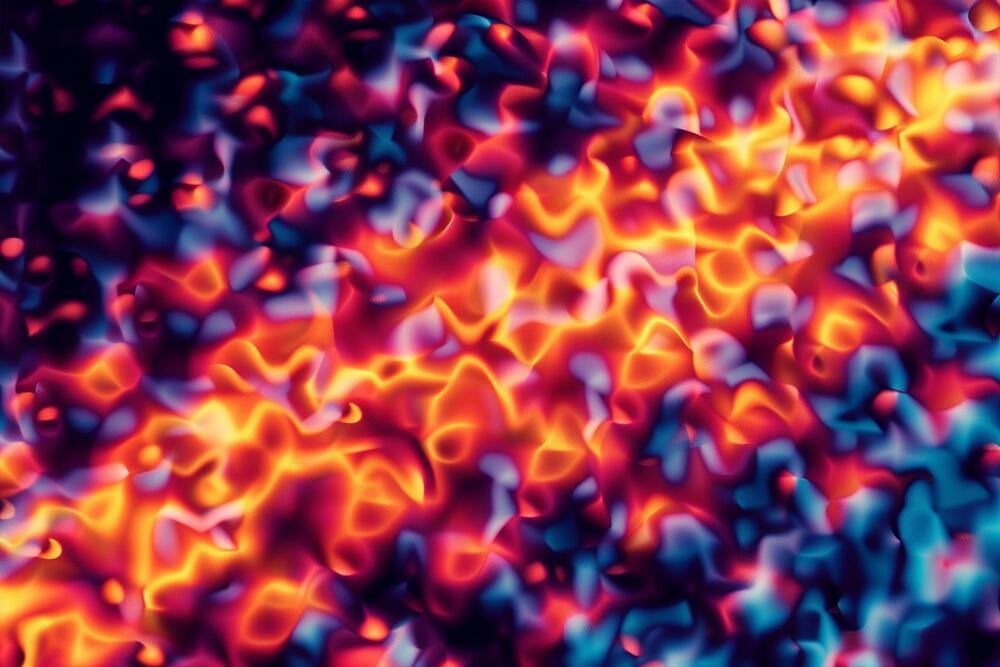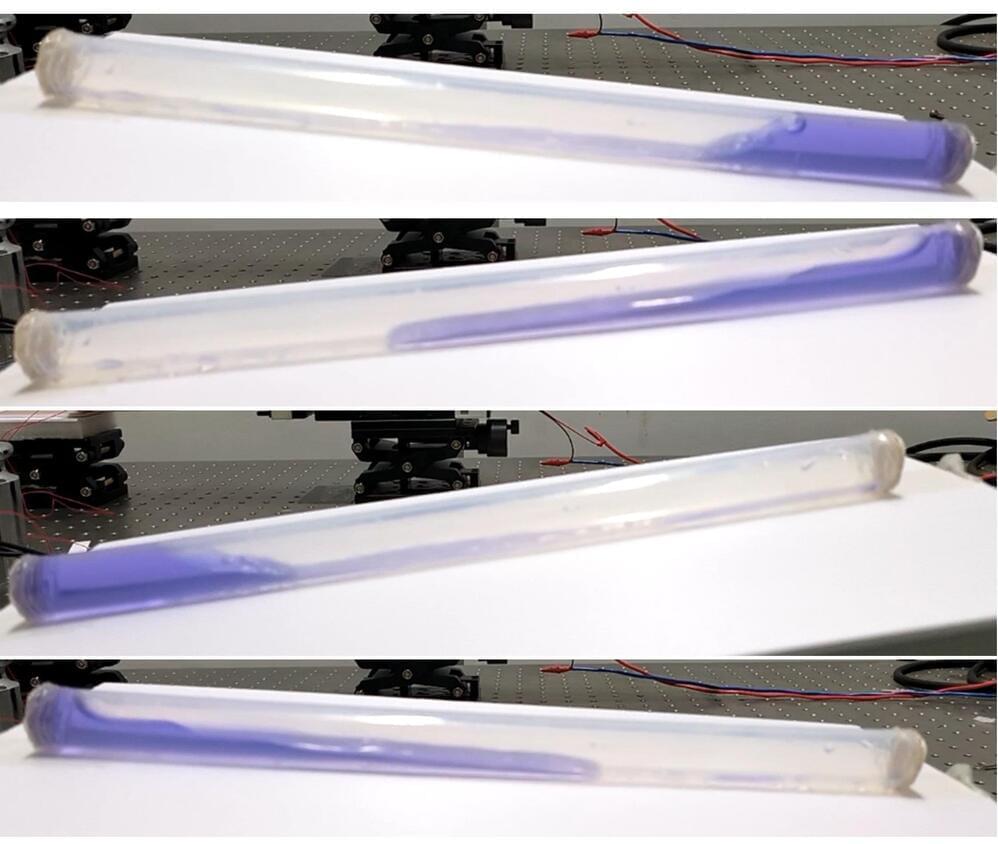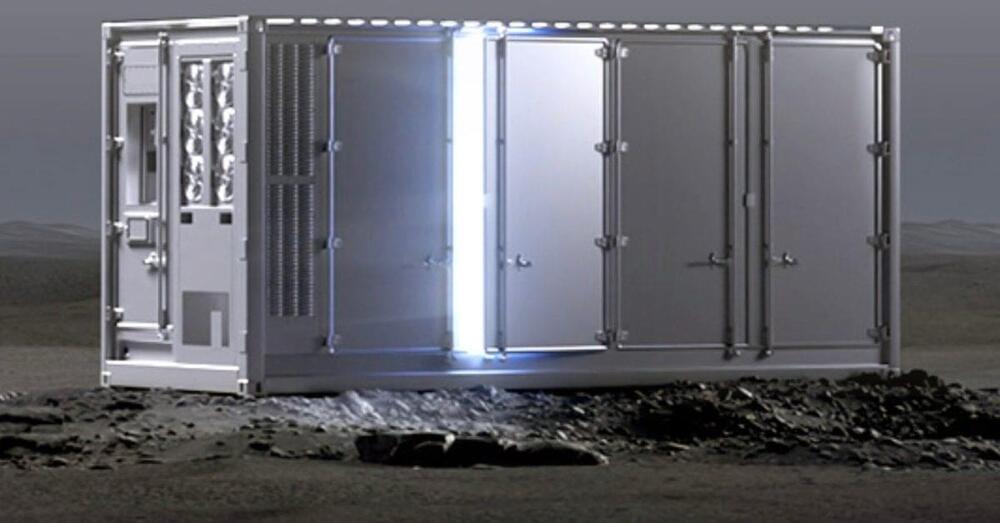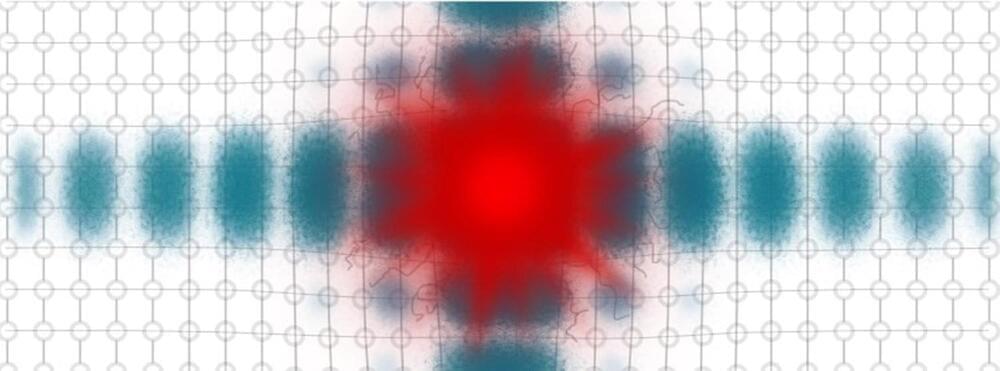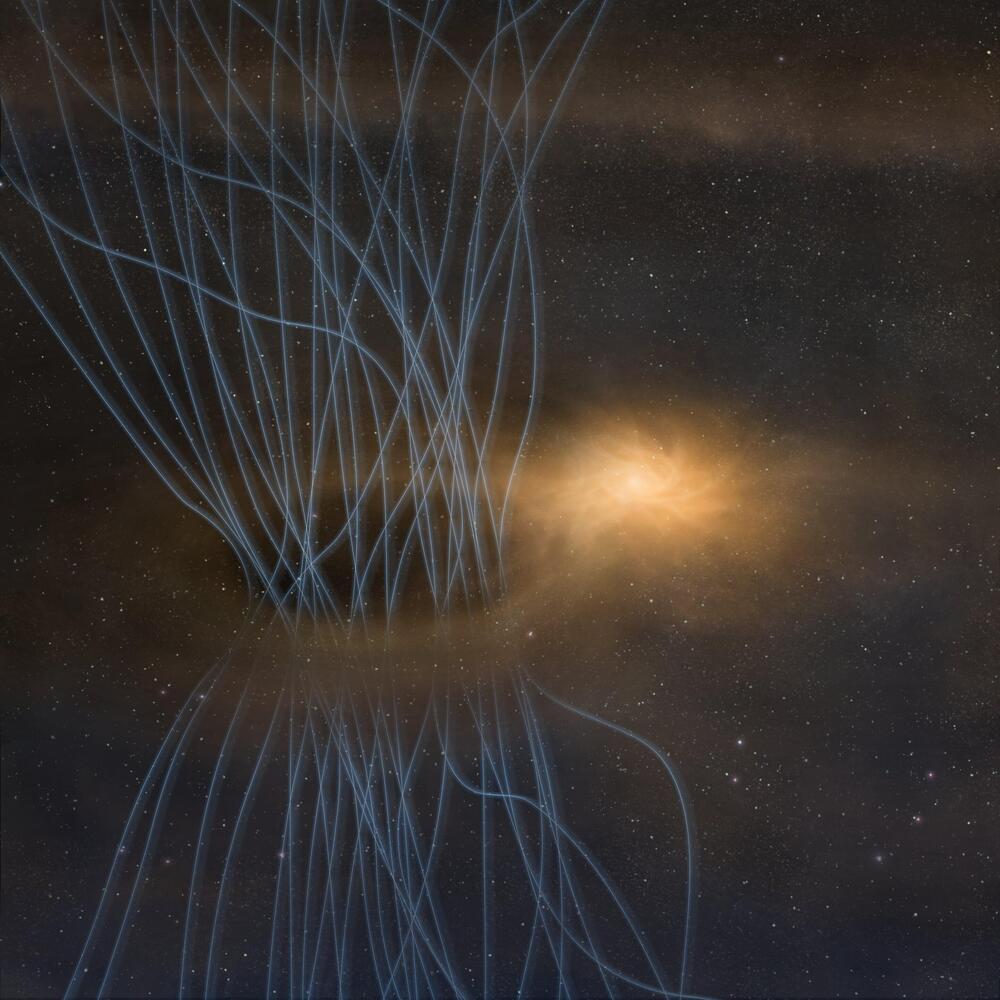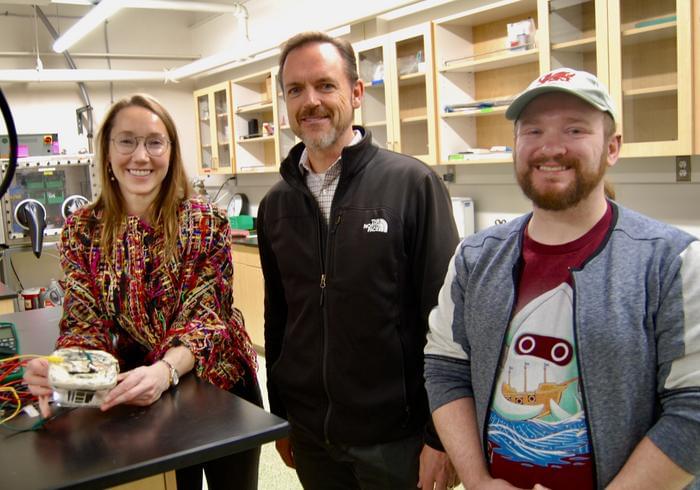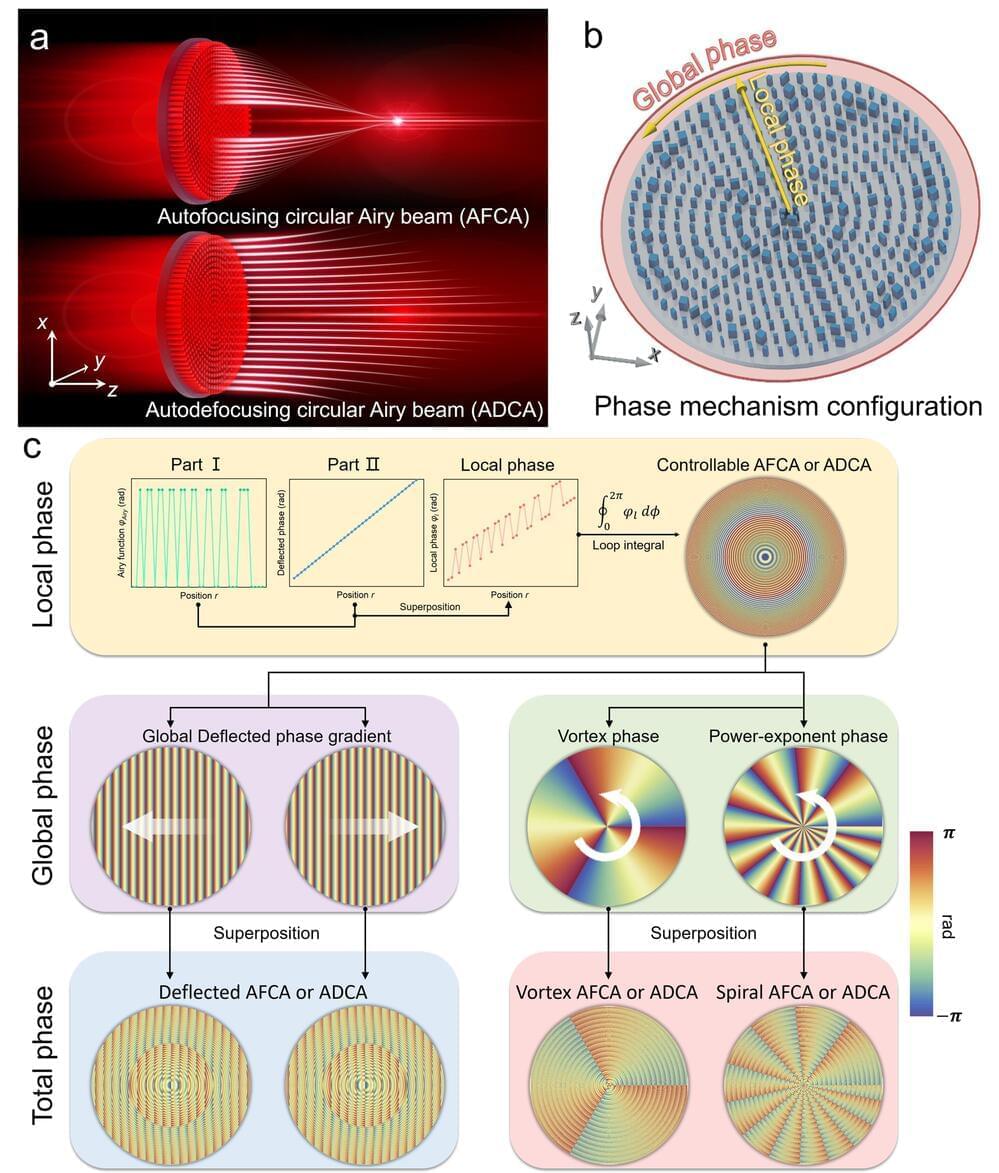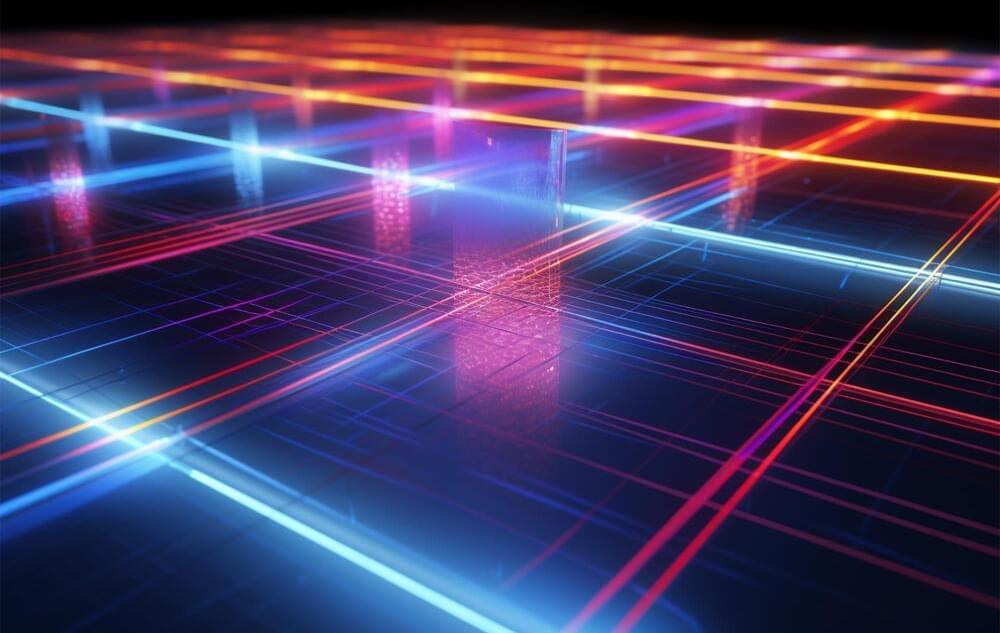Apr 13, 2024
Quantum Control Unlocked: Creating Resistance-Free Electron Channels
Posted by Saúl Morales Rodriguéz in categories: energy, quantum physics
Unveiling Chiral Interface States
The chiral interface state is a conducting channel that allows electrons to travel in only one direction, preventing them from being scattered backward and causing energy-wasting electrical resistance. Researchers are working to better understand the properties of chiral interface states in real materials but visualizing their spatial characteristics has proved to be exceptionally difficult.
But now, for the first time, atomic-resolution images captured by a research team at Berkeley Lab and UC Berkeley have directly visualized a chiral interface state. The researchers also demonstrated on-demand creation of these resistance-free conducting channels in a 2D insulator.
